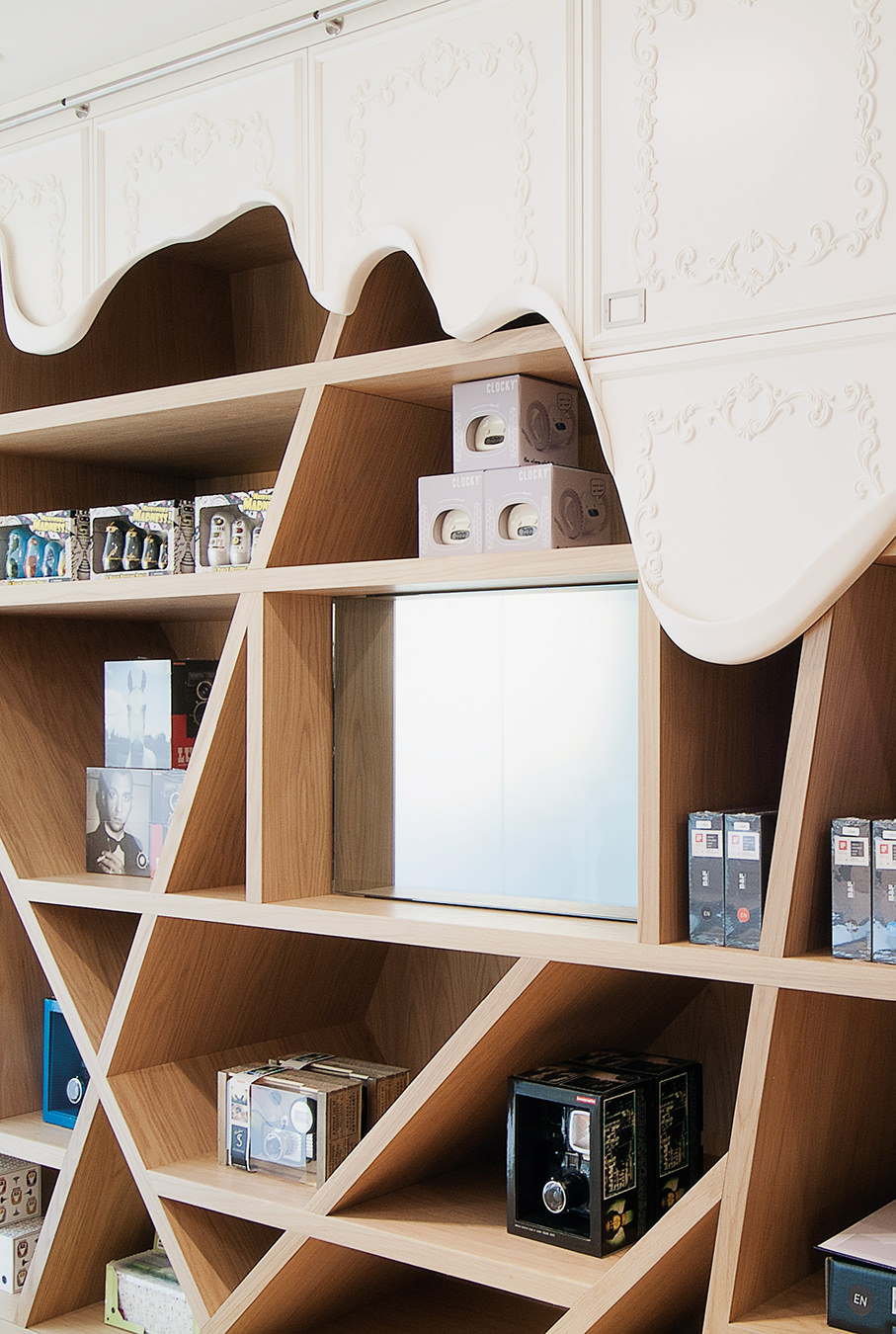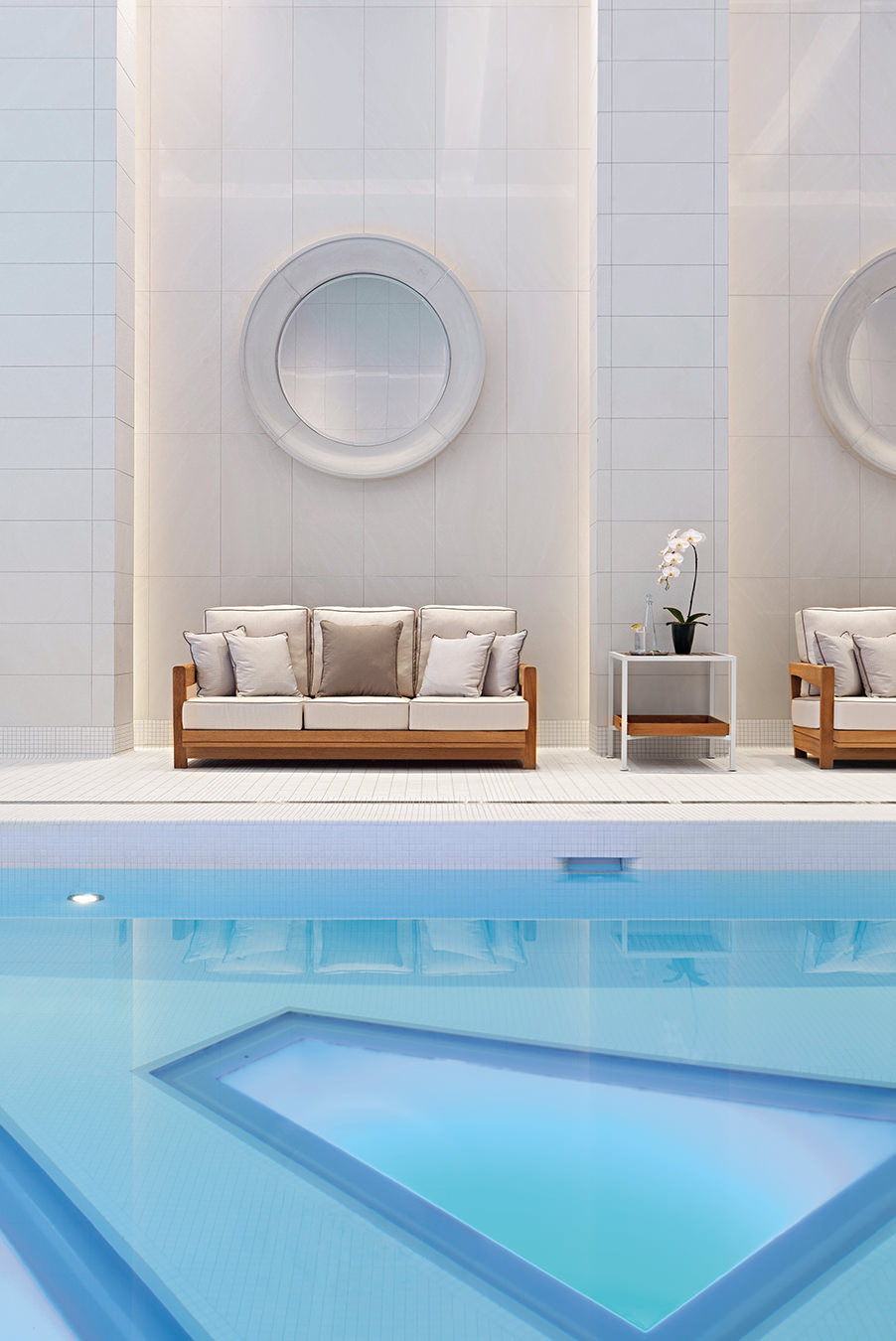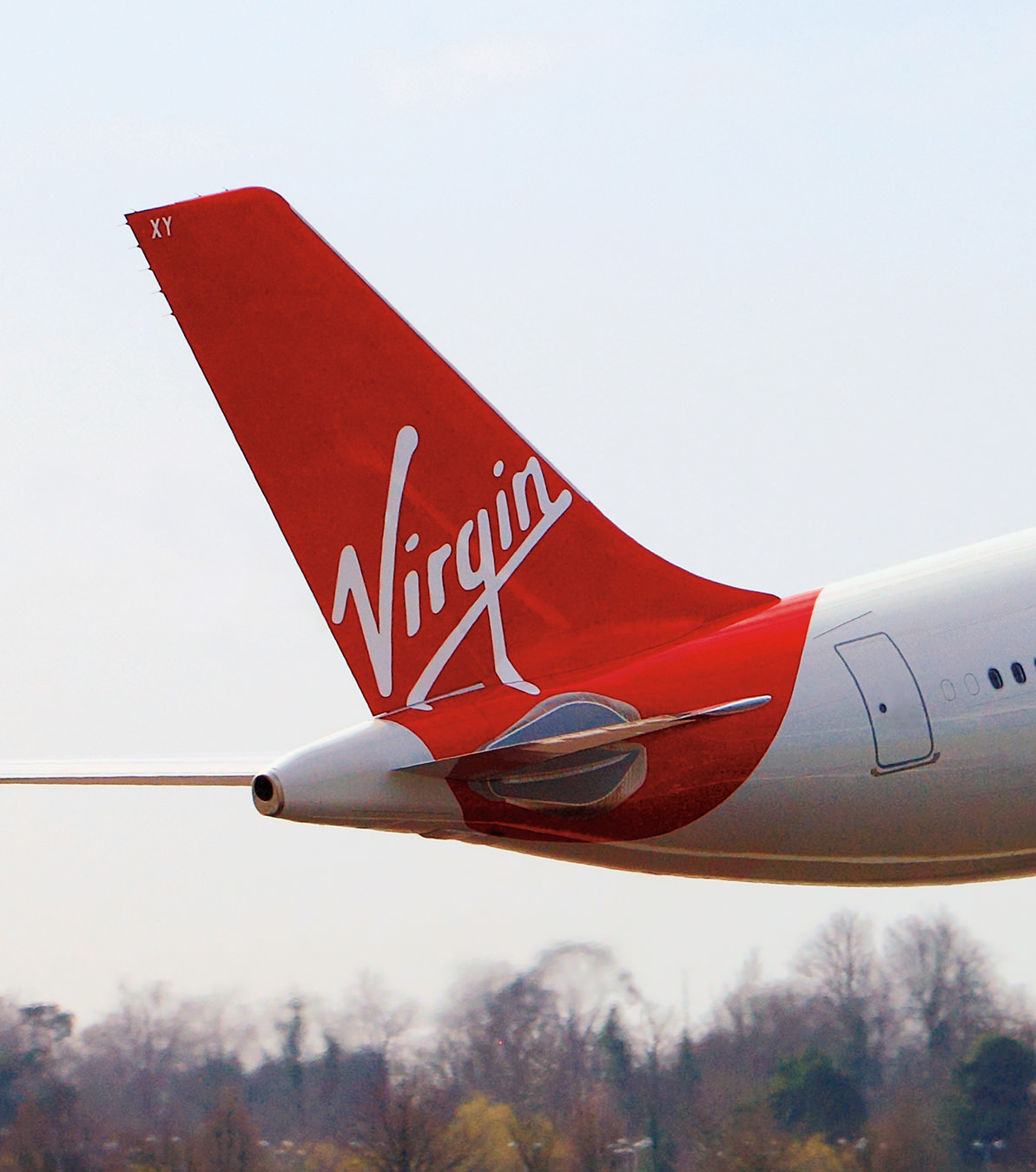-
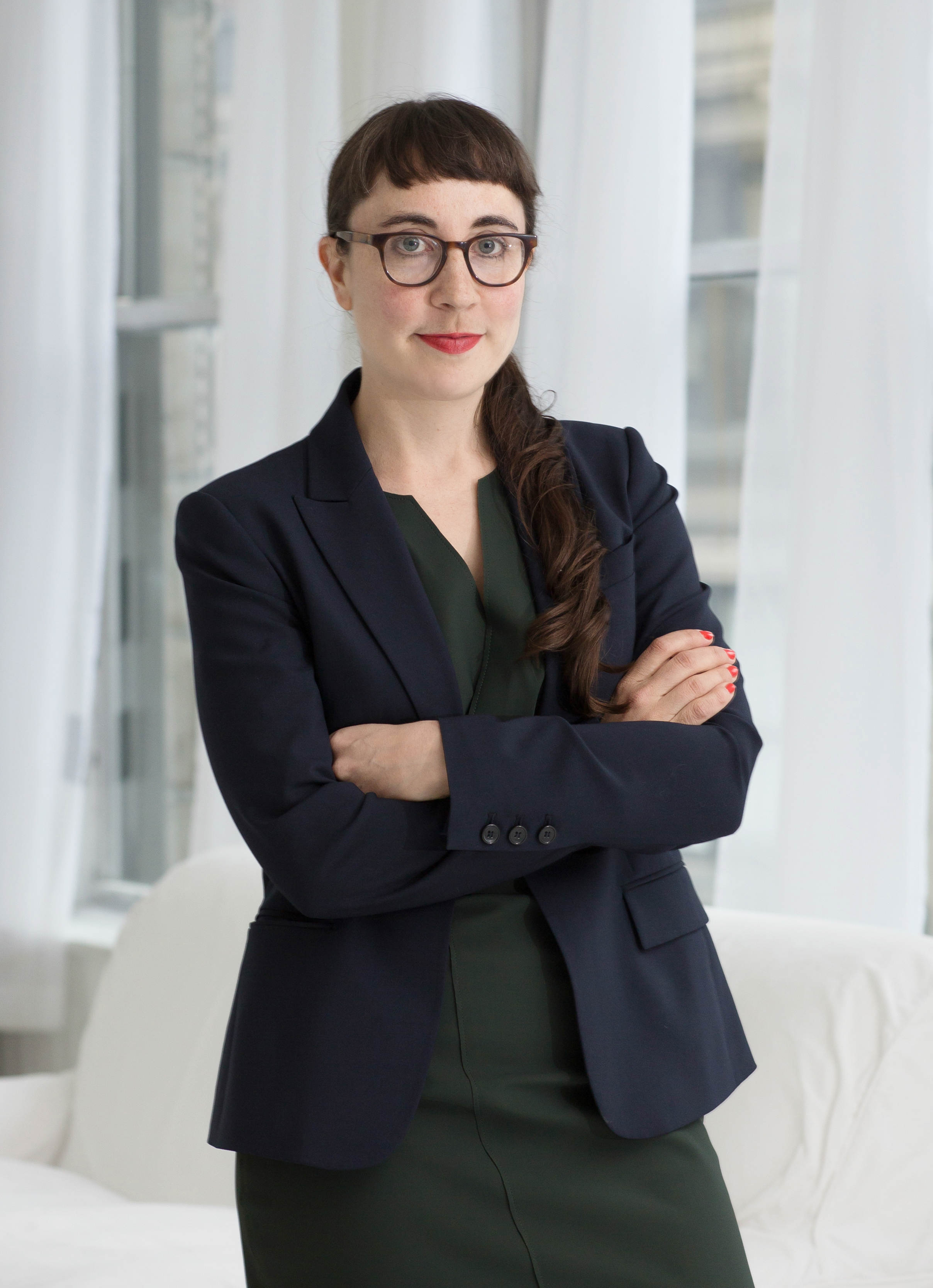
Tina Kukielski, ART21’s executive director. Photo: Kelly Taub.
-

Liz Magor. LightShed, 2005. Cast aluminum. Installation view: Coal Harbour, Vancouver. © Liz Magor. Courtesy of the artist and Catriona Jeffries, Vancouver.
-
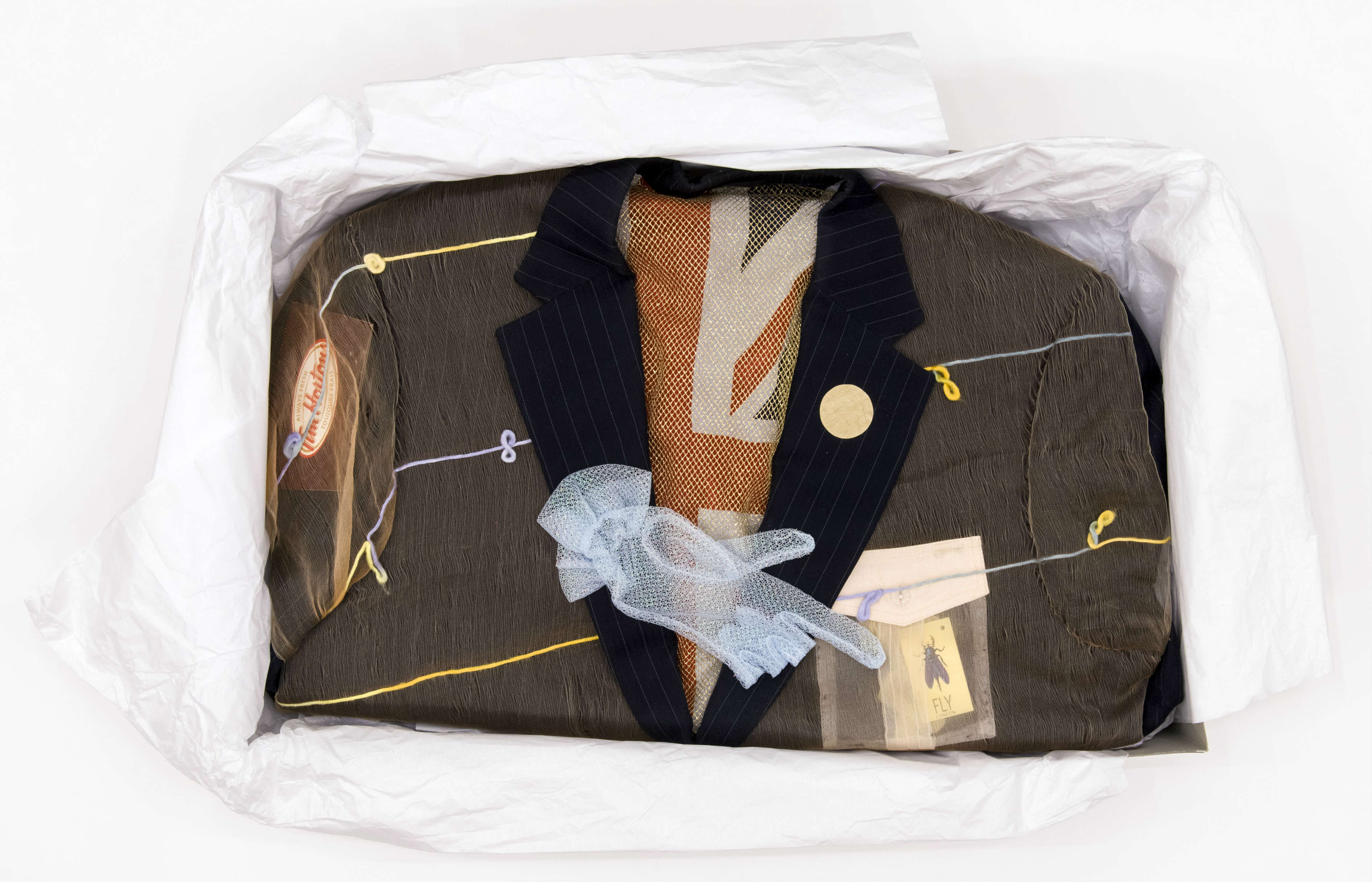
Liz Magor. Being This, detail, 2012. 24 boxes, paper, textiles, found materials; installation dimensions variable. Photo: SITE Photography. © Liz Magor. Courtesy of the artist and Catriona Jeffries, Vancouver.
-

Stan Douglas. Exodus, 1975 , 2012. Digital Cprint
mounted on aluminum; 71 x 101.5 in. © Stan Douglas. Courtesy of the artist and David Zwirner, New York/London. -
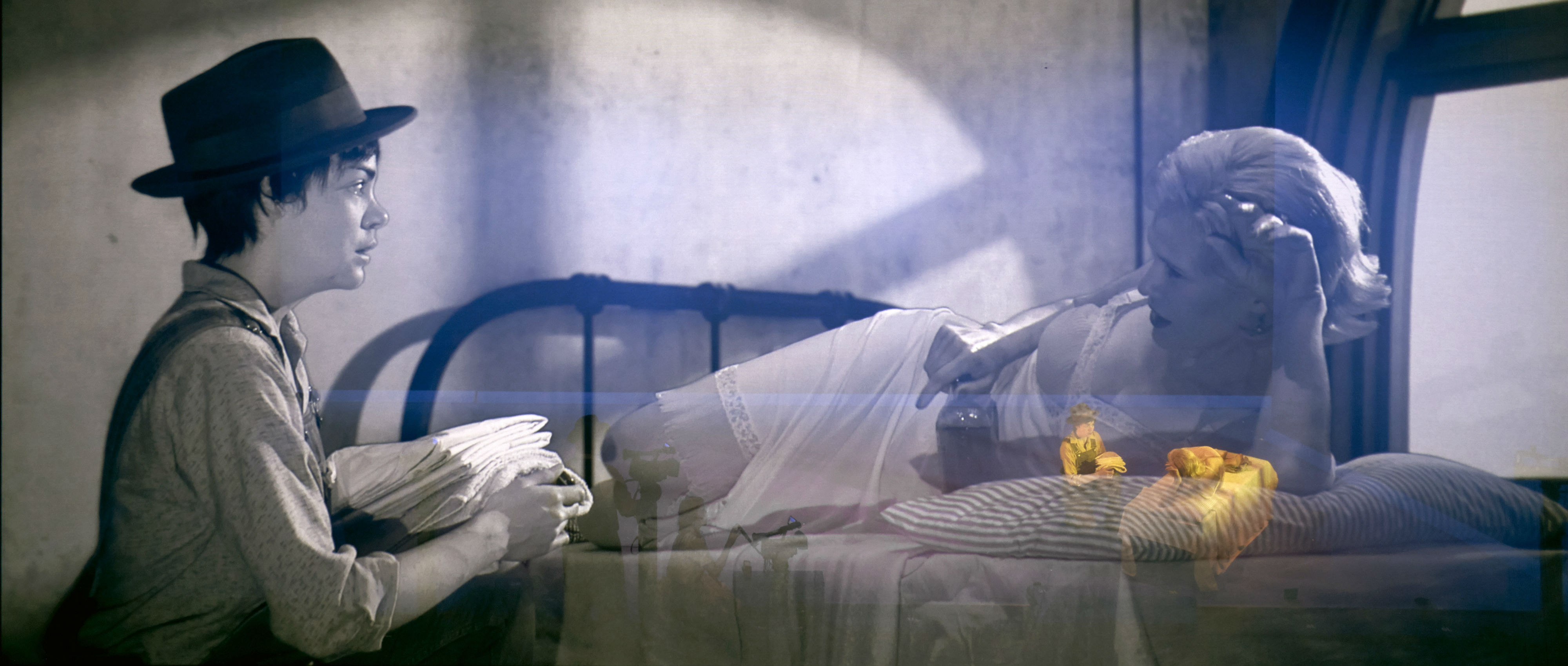
Stan Douglas. Helen Lawrence , 2014. Play, 1 hour 35 minutes. Conceived and directed by Stan Douglas. Story by Chris Haddock and Stan Douglas, written by Chris Haddock. Pictured: Julie played by Haley Mcgee (left), Helen Lawrence played by Lisa Ryder (right). Photo: Stan Douglas, Munich Kammerspiele, 2014. © Stan Douglas. Courtesy of the artist.
-

Brian Jungen. Broken Arrangement , detail, 201516.
Nike Air Jordans, painted fir plywood, stainless steel; 190.5 x 50.2 x 50.2 cm. Photo: SITE Photography. © Brian Jungen. Courtesy of the artist and Catriona Jeffries, Vancouver. -

Brian Jungen. Prototypefor New Understanding #18 , 2004. Nike Air Jordans; 67.5 x 45.7 x 19.75 cm. Photo: Trevor Mills, Vancouver Art Gallery. © Brian Jungen. Courtesy of the artist and Catriona Jeffries, Vancouver.
-
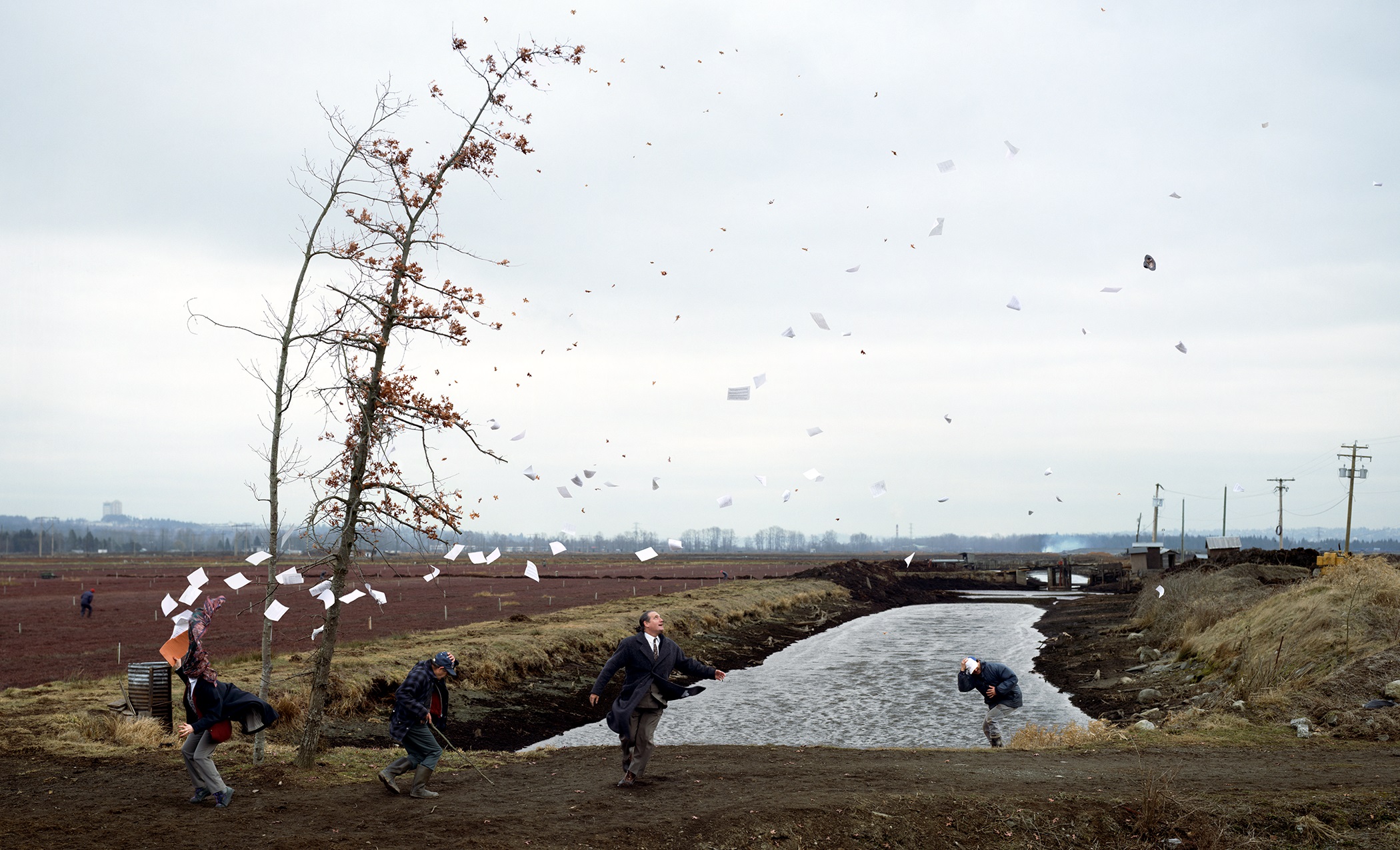
Jeff Wall. A Sudden Gust of Wind (after Hokusai) , 1993. Transparency in lightbox; 229 x 377 cm. © Jeff Wall. Courtesy of the artist.
-
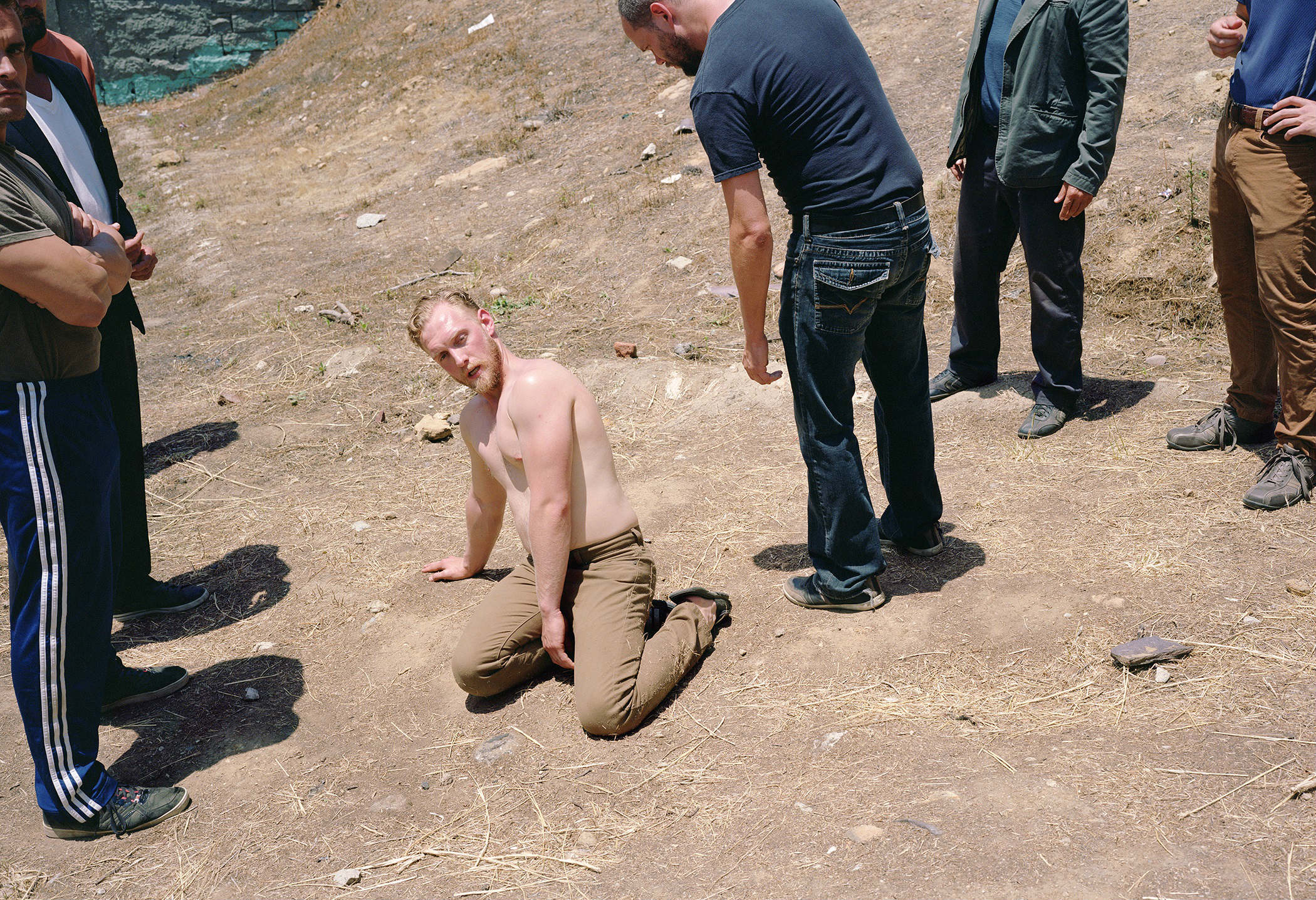
Jeff Wall. Listener, 2015. Inkjet print; 159.4 x 233 cm. © Jeff Wall. Courtesy of the artist.
Q&A: Tina Kukielski, Executive Director of ART21
Documenting Vancouver’s art scene for the world.
Peabody Award-winning, Emmy-nominated series ART21—Art in the Twenty-First Century became a television pioneer when it premiered on PBS in 2001 with the intent of raising the profile of artists and promoting art education initiatives. The documentary series—which is now in its eighth season, releasing new episodes every two years—is the only U.S. program to focus exclusively on the work of contemporary visual artists. This season represents a departure from ART21’s previous formula, in which concepts like “boundaries,” “balance,” and “fantasy” were explored via the perspectives of international artists who use them to inform their practices. Rather, season eight (which is narrated by actor Claire Danes) hones in on four specific cities and the artists who call them home: Los Angeles, Chicago, Mexico City, and Vancouver. In light of the well-deserving Canadian city of Vancouver being recognized as a global artistic hub, with artists Liz Magor, Jeff Wall, Stan Douglas, and Brian Jungen profiled in the show’s Vancouver episode, we chatted with ART21’s executive director, Tina Kukielski about the making-of.
What is ART21’s overarching goal; who does the program benefit, and how?
At ART21, we believe in the power of digital media to introduce audiences worldwide to contemporary art and its ideas. We are the go-to place to hear and learn first-hand from the artists of our time and we have built a reputation as chronicler of the lives and works of over 150 of the world’s most innovative artists. The kind of experience our films and our content provide is unlike any other kind of experience. The chance to see an artist at work—gaining exposure to the creative process—has a deep and lasting impact on our audiences. One hour of our broadcast (available on PBS and online) reaches a viewership of a million, a number that far surpasses the audiences that attend major museums in a single year. Arts education and arts advocacy are at the center of everything that we do. Over the last two decades we have changed the paradigm for teaching about the creative process. We provide both that intimate access and those essential resources that teachers and lifelong learners of all ages rely on and find inspiration in.
How were Vancouver’s featured artists selected, and how do they represent Vancouver’s art community at large?
At ART21, we recognized quickly that telling a story about cities was a way to tell a story of diversity in art-making and in thinking. We honed in on four cities in North America—Chicago, Los Angeles, Mexico City, and Vancouver—where we found a clear articulation of those diverse perspectives. At ART21, we choose artists who are trail-blazers, innovatively rich in both ideas and formal skill, and also recognized both within and outside of their home city. Each artist in the Vancouver hour had a uniquely interesting relationship to the city. While our film is not an exhaustive history of the Vancouver art community, each profiled artist could be said to represent an aspect of the wide array of artistic production found there. Jeff Wall exemplifies a generation of artists who applied conceptual art strategies to photography, expanding the medium in ways that can be seen worldwide today. Stan Douglas frequently collaborates with people working in the vibrant Vancouver film and television industries to produce his work. For many artists in Vancouver, art direction and prop-making for some of these films becomes an influence on work in sculpture and installation such as it is for artist Liz Magor. And with Brian Jungen, we see an artist who draws as much from the rural settings of greater British Columbia as he does from the urban and cosmopolitan downtown.
How has Vancouver’s art-world reputation changed over the past generation and why?
We are finding that Vancouver is assuming a more prominent place in the art sphere because of a pioneering group of artists who call that city home. Vancouver is a global city in the sense that it is undergoing major development projects that mirror urban growth internationally. That coupled with an influx of diverse peoples who contribute to a changing urban fabric means that history is constantly being rewritten there. In terms of art, we see the manifestation of decades-old conversations coming out of art schools like Emily Carr, Simon Fraser, and UBC that shaped a generation of artist-run spaces, not unlike the artistic movements in other cities like Los Angeles. But what distinguishes Vancouver from other North American art scenes is both its size and location. There’s an intimacy and familiarity amongst artists in Vancouver that’s unique to a smaller city, where you can easily run into people. Stan Douglas says it best in his segment he says “the artists make art for each other.” That tight-knit culture might change as artists find that they can’t afford to live and work there with the same advantages of previous generations, but we hope not because we found what is happening right now really exciting.
What do you feel viewers will learn about Vancouver from this show?
I think Vancouver is best known for its natural beauty as the “pearl of Canada’s west coast” but the real history is more complex (as Liz Magor says). There is a lot of tension as the boom in real estate and wealth is displacing people. And of course, there is incredible beauty not just in the gleaming parts of the city but also the gritty parts and the areas around it. Most surprising is how we understand the speed with which change happens, especially over the past twenty years. It’s one thing to read about it, but it’s quite another thing to hear stories from the artists who grew up there—like Jeff Wall, Liz Magor, and Stan Douglas did—and to look through archival photography of the city over the past hundred years.
Were there any particular challenges associated with the Vancouver episode?
Because we had roughly a year in which to film everything, we thought it would be interesting to try to show the various seasons and weather changes that come with that. Be careful what you wish for. Luckily our cinematographer Greg Bartels was intrepid and undaunted through rain and snow, sunrises and late nights. Vancouver weather will continue to surprise us!
The Chicago and Mexico City episodes of ART21—Art in the Twenty-First Century premiere September 16, and the L.A. and Vancouver premiere September 23, 10PM on PBS.

